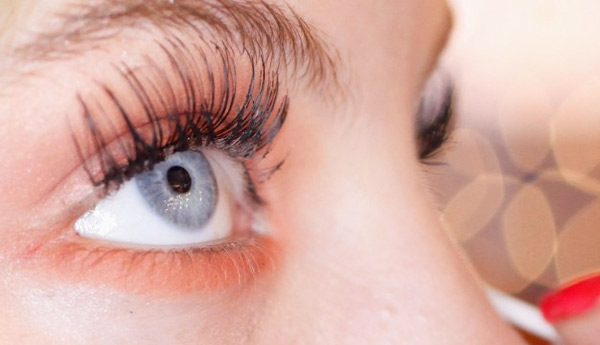 For the 15,000,000 Americans who have been diagnosed with macular degeneration, vision deteriorates slowly from the center of the eye, out. It’s the leading cause of blindness and there is no cure. Now, a new implant could keep these patients from completely losing their sight.
For the 15,000,000 Americans who have been diagnosed with macular degeneration, vision deteriorates slowly from the center of the eye, out. It’s the leading cause of blindness and there is no cure. Now, a new implant could keep these patients from completely losing their sight.
Virginia Knepper Doyle’s art has been showcased around the world. She told Ivanhoe, “Oh, I’ve been painting all my life.”
At age 83, her canvas time is running out. “I really can’t see out of my right eye at all, hardly,” she explained.
Virginia has wet macular degeneration and is now legally blind.
She told Ivanhoe, “It’s like looking through thick sand.”
Stanford Ophthalmologist Daniel Palanker, PhD, is developing the first-of-its-kind, minimally invasive, retinal implant that could give sight to people like Virginia.
Palanker told Ivanhoe, “People will not even be considered blind anymore.”
The implant is made of tiny pixels that convert light into electrical current.
“This is one module of an implant,” Palanker explained, “We plan to put many of them in. Each module is about 1 millimeter in diameter.”
These modules are implanted at the bottom of the retina. The patient wears goggles that contain a camera that captures the image. The image is processed using pulses near infrared light and turned into electrical signals. Those signals stimulate neural cells that are transmitted to the brain, restoring sight.
“So when you wear the goggles, you see the display basically as a screen in front of you. It’s blurred images, but it’s to the extent that I can read large fonts and recognize faces,” Palanker said.
With the goggles, Professor Palanker hopes the user will have 20 over 120 vision, enough vision to keep Virginia painting for years to come.
The implant is wireless and powered by light. It’s only been tested in mice, but clinical trials are expected to begin early next year in Paris.
Contributors to this news report include: Cyndy McGrath, Supervising Producer; Marsha Hitchcock Field Producer; Christine Rifkin, News Assistant; Erik Laidroo, Editor and Rusty Reed, Videographer.